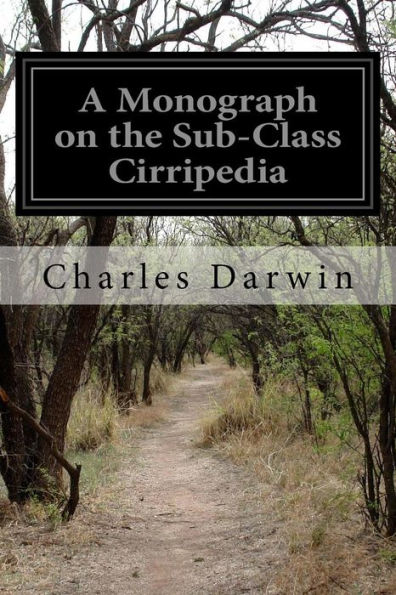Read an Excerpt
Class CRUSTACEA. Sub-Class Cirripedia. Crustacea attached by the anterior end of the head, by cement proceeding from a modified portion of the ovaria; archetype composed of seventeen segments, with the three first of large size, and almost always developed into a carapace, not wholly exuviated, and capable of various movements ; antenna none; eyes rudimentary; mouth prominent, formed by the partial confluence of the labrum, palpi, mandibles, and two pairs of maxilla; thorax attached to the internal sternal surface of the carapace, generally bearing six pairs of captorial, biramous, multi-articulated limbs; abdomen generally rudimentary; branchiae, lohen present, attached to the under sides of the carapace; generally bisexual, when unisexual, males epizoic on the female; penis single, generally probosciformed, seated at the posterior end of the abdomen; oviducts none; metamorphoses complex. Within the memory of many living naturalists, Cirripedes were universally looked on as belonging to the Molluscous kingdom; nor was this surprising, considering the fixed condition of their shells, and the degree of external resemblance between, on the one hand, Lepas and Teredo, and on the other hand, between Balanus and a Mollusc compounded of a patella and chiton. It is remarkable that this external false appearance overbore, even in the mind of Cuvier, his knowledge of their internal structure, namely, their lateral jaws, articulated appendages, and regular gan- glionic nervous system, which now strike us as such conclusive evidence of their position in the great Articulate kingdom. Straus was, I believe, the first who, in 1819, maintained that Cirripedes were most closely allied toCrustacea. But this view was disregarded, until J. Vaughan Thompson'sf capital discovery, in 1830, of...




